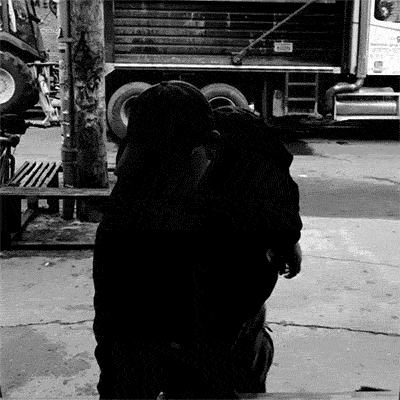Label: google
Friday 09th September 2016Google Launches New Arts and Culture App.jpg)
It's hard to be Google without having an incredible amount of information in your database. The whole function of what they do is based around having the best searchable index of information, after all. But what about information that doesn't exist as part of a webpage?
As artists, we're well aware of the fact that there is just as much data in imagery as there is in text, but tagging and searching that data is a monumental task. Fortunately for us, Google has been working on this difficult problem for quite some time, and has built up an incredible database of cultural history under the admittedly less than creative name Google Arts and Culture.
Aside from the slightly boring name, however, the tool itself is absolutely incredible. There is such a vast amount of information available that almost anything you could possibly want to find out about is there, whether it's a piece of contemporary modern art or something from the stone age.
But even more impressively, the app doesn't just contain information about all of these cultural artifacts, but actually visit them within the app. When pairing your smartphone with a cheap virtual reality headset, you can walk past your favourite Banksy piece on the virtual street or visit a temple constructed in ancient Greece.
Google has also partnered with a number of art galleries around the world to share museum data such as open hours and ongoing exhibits, as well as log their current collections as part of a database. Opening the app while actually in one of the museums and scanning the piece you're standing in front of with your phone will allow you to pull up a huge amount of information about it.
Unfortunately, only three museums are currently participating in the program, but naturally this is likely to increase dramatically once word of the app gets out to curators. It would certainly be most advantageous for them to work with Google rather than developing their own unique augmented reality apps and experiences.
The three museums that are currently participating are the Dulwich Picture Gallery in London, the Art Gallery of New South Wales in Sydney, and the National Gallery of Art in Washington, DC.
Probably the most interesting aspects of the project is the way you can sort the results of your own searches. This allows you a variety of ways to look at the progression of art history, from how cats have been represented since ancient Egypt or the relative impacts of various seminal pieces in a specific genre or movement.
The app is available for Android and iOS, or you can visit the website itself at https://www.google.com/culturalinstitute/beta/
Posted on September 09th 2016 on 08:09pm
0 Comments
Wednesday 20th July 2016Will Magenta Make 'Art'?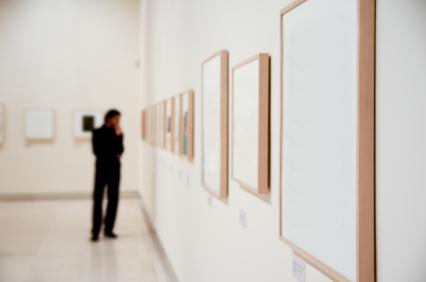
One of our favourite topics here is the development of artificial intelligence and whether or not a machine can be taught to be creative. We've looked in detail at the infamous Deep Dream project by Google, which uses a neural feedback loop to generate images, and how it can be manipulated by conscious human artists to create incredible images.
But what about the next step forwards? If it's possible for an adaptive neural network to 'learn' how to create images, can it be taught how to create other forms of art? If so, is it technically being 'creative', or is it just regurgitating all of what it has been fed?
The real question is whether or not that's really any different than what we human artists do, those of us who are (usually) generally accepted as having a creative talent. Are we driven purely by everything that we have experienced or is there some innate spark of creativity, a unique genesis within us that allows us to truly create new things?
Google has launched a new machine learning project named Magenta with the hopes of exploring the possibilities of a creative machine. So far, a number of researchers have joined the project, and some interesting work is already being done.
Douglas Eck, one of the researchers currently attached to the Magenta project, explains his curiosity about machine learning on his Google bio page: "Hypothetically, if we showed a piano-playing robot a huge collection of Chopin performances--- from the best in the world all the way down to that of a struggling teenage pianist---could it learn to play well by analyzing all of these examples? If so, what’s the right way to perform that analysis? In the end I learned a lot about the complexity and beauty of human music performance, and how performance relates to and extends composition."
During a recent panel at the Moogfest music festival, he commented, "There's a couple of things that got me wanting to form Magenta, and one of them was seeing the completely, frankly, astonishing improvements in the state of the art. And I wanted to demystify this a little bit."
No matter what the results wind up being, it's an exciting time to be an artist! The nature of creativity has long been one of the most appealing human mysteries, and the ability to teach a computer the concept of creativity is truly amazing.
Posted on July 20th 2016 on 08:32pm
0 Comments
Wednesday 13th July 2016GooglexKoons Collaboration Underwhelms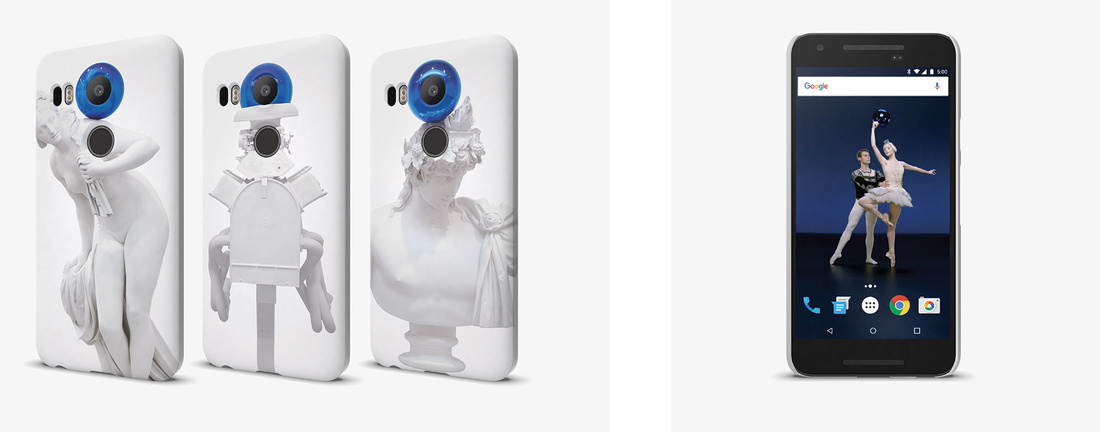
At the outset, it's probably important to say that I've never been a particular fan of the work of Jeff Koons. It's hard to pin down exactly what it is that bothers me about him specifically, but there's something there, a thread winding its way through all my perceptions of his work and poisoning them. Hopefully that isn't (just) what's happening here, but I'll let you be the judge of that.
Koons' latest piece is a distinct departure from his previous works, both in terms of medium and of content. It features video, dance and … a product. A cheap product. A cheap phone case. Right now, you're asking yourself…. 'What?'
Google wanted to unveil a new product, the 'Live' phone case for their latest flagship smartphone, known as the Nexus. It's not a bad idea, in and of itself, since they can be completely customised to whatever you desire for a grand total of $40 USD, which is pretty decent for a custom phone case. The case comes paired with matching live video wallpaper that you can only view on the phone when you're using it with that particular live case.
Say, for example, you had a video of your baby's first birthday or a kitten playing with a puppy, you could make a case that was adorned with a still frame from the video and then the video itself would play in the background when the case was attached. Not particularly innovative, perhaps, but it could be an interesting way of passing on videos. The part where it all breaks down is why they chose to launch it with artworks by Koons.
Some of the selections shown in the post image above are fairly appealing, but in general, the piece sort of falls flat. You could argue that this is because it was Koons' first experimentation with video, but that hardly seems fair considering that this is really a Google product launch and Koons is more of a prop than an integral part. It consists of a re-imagination of the ballet Swan Lake, performed with a classic Koons reflective object - in this case, a giant sphere like a medicine ball - which sort of destroys the entire point of Swan Lake.
Ah well, perhaps nobody would even have noticed that Koons was involved if it was just a typical product launch.
Posted on July 13th 2016 on 09:08pm
0 Comments
Wednesday 15th June 2016Google's Preservation of Artwork
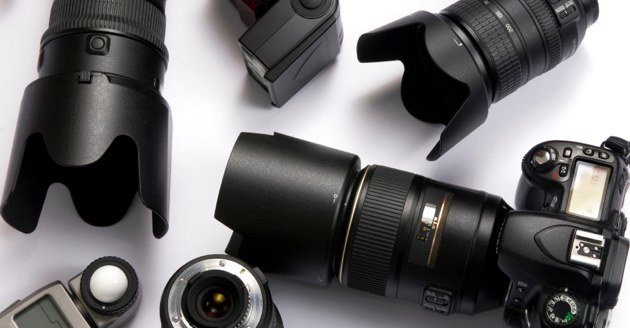
Google, arguably one of the most successful technology companies of all time, has a lot of capital to invest. As a result, they have their fingers in a vast number of pies, from mobile phones to self-driving cars to scholarly article publishing. But one of their lesser-known ventures is the one that is probably nearest and dearest to those of us in the art world: the Google Cultural Institute.
The Cultural Institute has partnered with over 1000 museums and galleries around the world to digitise their artworks and bring them online, so they can be enjoyed by anyone with internet access. One of their best tactics for this is an incredibly high-resolution camera that is being used in the digitising process, and it just got a huge boost forwards in the last few months.
While having an initial burst of creativity during the launch of their search engine and naming it Google, the company has since gone rather literally-minded when it comes to naming their inventions (even their crazy balloon wireless internet project is called Project Loon, appropriately enough), which leaves us with the singularly uninspiring 'Art Camera'.
What IS inspiring, however, is how impressive it is when it comes to preserving images of some of the most popular artworks in the world. At first, the Cultural Institute was rather slow at digitising images, scanning and uploading just 200 images in five whole years. Admittedly, the images are measured in gigapixels rather than megapixels, but nevertheless, that's only about one image per week.
Suddenly in the last few months alone, over 1000 images have been scanned and made available to the general public, all thanks to the Art Camera system. The photographer/technician simply outlines the borders of the image for the system, and then the rest of the process is computer-controlled, stitching together hundreds of smaller photographers using the Google servers and outputting super-high-resolution images.
Marzia Niccolai, the Cultural Institute's technical program manager, explains, "The capture time has been reduced drastically. Previously it could take almost a day to capture an image. To give you an idea, now if you have a one meter by one meter painting, it would take 30 minutes."
Posted on June 15th 2016 on 01:57pm
0 Comments
Wednesday 11th November 2015Artist Spotlight: Jon Rafman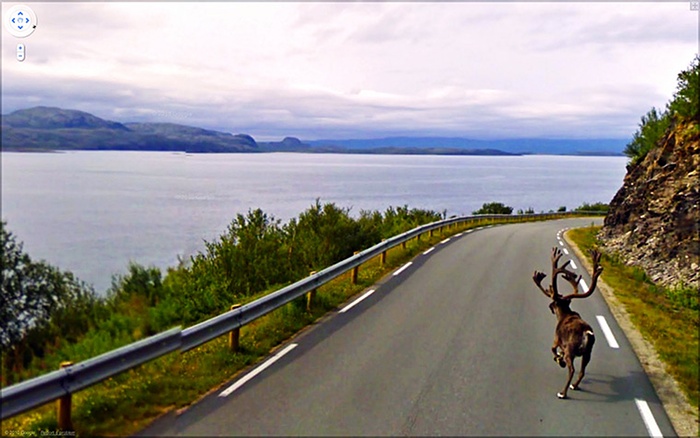
Virtual worlds are everywhere these days. Well, technically speaking, they're nowhere in real space as they're virtual, but the impact they have on our real lives is anything but virtual. From Street View to Second Life to Facebook, virtual worlds shape our social interactions and real world decision-making on a daily basis. While they masquerade as games or tools, the impact they have on our perceptions of both the world and ourselves are at the same time both staggering and yet often opaque to us in daily life. That is the juxtaposition that Canadian-born artist Jon Rafman explores in his work, which has hung in some of the most prestigious galleries, including London's Saatchi Gallery.
The exhibit he is probably best known for is an unexpectedly engaging yet slightly controversial one, entitled 'The Nine Eyes of Google Street View', which also happens to be the one that was featured at the Saatchi Gallery. An exploration of the world through the eyes of Google Street View, it was a remarkable exhibit that pushed some of the boundaries of our own perceptions of art by using "found photography". For those of you who are unaware, Google Street View is a feature of their popular Maps software that allows users to traverse a virtual version of the world. This was made possible thanks to an astonishingly ambitious mapping project, wherein a number of cars with 9 cameras mounted on their roofs traversed every single street in most major cities in the West (this also provided the name for the exhibition).
"The work is connected to the history of street photography but also to the 20th-century ready-made movement. So leaving those artefacts in the image is extremely important. In the bottom-left corner of each picture is a link that says, 'Report a problem'. Maybe in the middle ages you passed somebody in trouble on the road and were confronted with the moral dilemma of whether to help them. Then came a time when you could call the police. Now we've reached the point where it's a hyperlink. That represents just how alienated we've become from reality," Rafman explains.
Fortunately for Rafman in this all too litigious world, Google has a standing policy of not legally pursuing anyone who uses their photographs for artistic purposes. To see more of his work, visit his website at http://jonrafman.com/ .
Posted on November 11th 2015 on 08:17pm
0 Comments
Friday 04th April 2014The GIF as an Art Form
It's almost impossible to spend any amount of time on the internet without running into animated GIFs. You may not have even realized it, but you have, although the animated GIF (a looping series of images that creates a video-like effect, depending on frame rate) has come a long way from the hideous animated dancing mailbox icons and smiley faces that decorated some of the first webpages to grace the Internet back in the 1990s. By now, the GIF format has been pushed to the limit, being used for a number of purposes from the TV and movie clips that adorn Buzzfeed pages to hilarious home videos of cats shared through social media. But that's not all that GIF has been cooking up, thanks to digital artists hungry to explore the possibilities of every conceivable format.
While most people pronounce GIF with a hard 'g' sound, as in 'good', the creator of the file format apparently originally intended the name to be pronounced with a soft 'g' sound, making the name sound like 'jiff'. Regardless of how it's pronounced, however, the format has been gaining recognition among a new generation of digital artists who are innately comfortable working in digital media. These artists got quite a boost recently thanks to internet tech giant Google's beneficence, as they recently created the Motion Photography Prize, the very first award dedicated to artists working with the animated GIF format.
This isn't simply a viral publicity stunt from Google either, as they partnered with the prestigious Saatchi Gallery in London for the competition, and Nigel Hurst, the Saatchi Gallery CEO, was one of the judges, along with noted director Baz Luhrmann, and artists Cindy Sherman and Tracey Emin, among others. The response to the call for entries was equally impressive, garnering submissions from over 4,000 people from countries all around the world. Submissions were sorted into six categories: people, action, lifestyle, night, urban, and landscape.
The overall winner was from Brooklyn-based artist Christina Rinaldi, shown above, for her GIF depicting the brushstrokes of a New York window cleaner. While an interesting submission, some of the finalists in the individual categories seem to show a bit more artistic flair and merit. To view the full set of finalists and some of the runners-up, be sure to visit the Saatchi Gallery website
here.
Posted on April 04th 2014 on 06:00pm
0 Comments
.jpg) It's hard to be Google without having an incredible amount of information in your database. The whole function of what they do is based around having the best searchable index of information, after all. But what about information that doesn't exist as part of a webpage?
It's hard to be Google without having an incredible amount of information in your database. The whole function of what they do is based around having the best searchable index of information, after all. But what about information that doesn't exist as part of a webpage?  One of our favourite topics here is the development of artificial intelligence and whether or not a machine can be taught to be creative. We've looked in detail at the infamous Deep Dream project by Google, which uses a neural feedback loop to generate images, and how it can be manipulated by conscious human artists to create incredible images.
One of our favourite topics here is the development of artificial intelligence and whether or not a machine can be taught to be creative. We've looked in detail at the infamous Deep Dream project by Google, which uses a neural feedback loop to generate images, and how it can be manipulated by conscious human artists to create incredible images. At the outset, it's probably important to say that I've never been a particular fan of the work of Jeff Koons. It's hard to pin down exactly what it is that bothers me about him specifically, but there's something there, a thread winding its way through all my perceptions of his work and poisoning them. Hopefully that isn't (just) what's happening here, but I'll let you be the judge of that.
At the outset, it's probably important to say that I've never been a particular fan of the work of Jeff Koons. It's hard to pin down exactly what it is that bothers me about him specifically, but there's something there, a thread winding its way through all my perceptions of his work and poisoning them. Hopefully that isn't (just) what's happening here, but I'll let you be the judge of that. Google, arguably one of the most successful technology companies of all time, has a lot of capital to invest. As a result, they have their fingers in a vast number of pies, from mobile phones to self-driving cars to scholarly article publishing. But one of their lesser-known ventures is the one that is probably nearest and dearest to those of us in the art world: the Google Cultural Institute.
Google, arguably one of the most successful technology companies of all time, has a lot of capital to invest. As a result, they have their fingers in a vast number of pies, from mobile phones to self-driving cars to scholarly article publishing. But one of their lesser-known ventures is the one that is probably nearest and dearest to those of us in the art world: the Google Cultural Institute. Virtual worlds are everywhere these days. Well, technically speaking, they're nowhere in real space as they're virtual, but the impact they have on our real lives is anything but virtual. From Street View to Second Life to Facebook, virtual worlds shape our social interactions and real world decision-making on a daily basis. While they masquerade as games or tools, the impact they have on our perceptions of both the world and ourselves are at the same time both staggering and yet often opaque to us in daily life. That is the juxtaposition that Canadian-born artist Jon Rafman explores in his work, which has hung in some of the most prestigious galleries, including London's Saatchi Gallery.
Virtual worlds are everywhere these days. Well, technically speaking, they're nowhere in real space as they're virtual, but the impact they have on our real lives is anything but virtual. From Street View to Second Life to Facebook, virtual worlds shape our social interactions and real world decision-making on a daily basis. While they masquerade as games or tools, the impact they have on our perceptions of both the world and ourselves are at the same time both staggering and yet often opaque to us in daily life. That is the juxtaposition that Canadian-born artist Jon Rafman explores in his work, which has hung in some of the most prestigious galleries, including London's Saatchi Gallery.